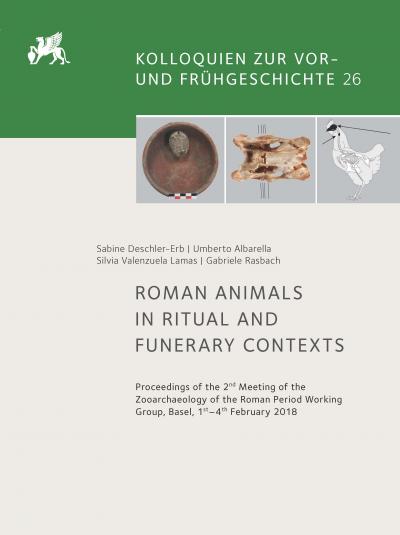Sabazios-Kult in Sorviodurum Tierknochen aus einer Kultgrube in Straubing (Bayern/Deutschland)
https://doi.org/10.34780/a6xeka02rb
List of Contributors
- Constanze Höpken [Chapter Author] https://orcid.org/0000-0002-3664-7469
- Hubert Berke [Chapter Author]
Synopsis
Almost nothing is known about the cult of Sabazios in Roman times: neither where it usually took place – temples or assembly halls – nor the rituals. Only the wide distribution of the bronze hands and significant cult vessels – in addition to the snake pots decorated with his attributes: lizard, frog, and tortoise – show that he was worshipped at many places. In Sorviodurum/Straubing on the Danube ripa a big pit was excavated. It contained among many other pot sherds and bones several fragments of snake pots which were also decorated with frogs, lizards and tortoises. They were the symbols for the yearly renewal of the nature. The analysis of the finds shows that there is some mixing with potential settlement material within the pit, e. g. the finds at the bottom of the pit consisted of settlement waste, including remains of old horses. In the upper layers the spectrum of the animal species and especially their slaughter ages change. While cattle were still mainly butchered as adults, most of the pig and sheep bones are from juvenile animals. Suckling pigs and dairy lambs were preferred. The proportion of chicken increases significantly – in total, the remains of 40 individuals are present in the pit, including several suspected capons. The proportion of hunted animals is increasing – an outstanding find is a bear paw, which was probably eaten as a delicacy at the cult celebrations.




